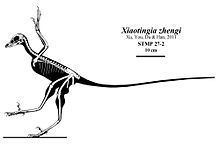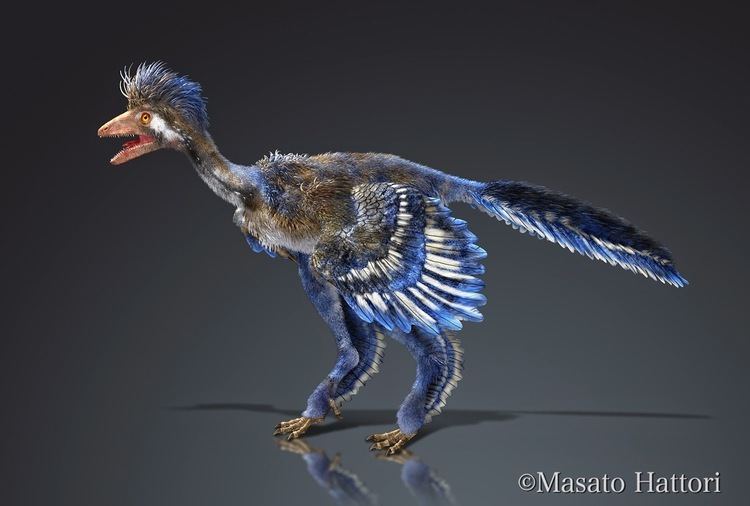Rank Species | Phylum Chordata Higher classification Tetrapterygidae | |
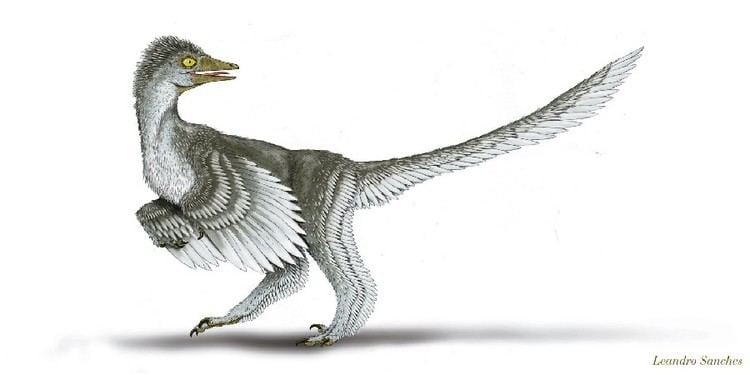 | ||
Genus †XiaotingiaXu et al., 2011 Similar Dinosaur, Anchiornis, Theropods, Deinonychosauria, Aurornis | ||
Xiaotingia is a genus of avialan theropod dinosaur from early Late Jurassic deposits of western Liaoning, China, containing a single species, Xiaotingia zhengi.
Contents
Discovery
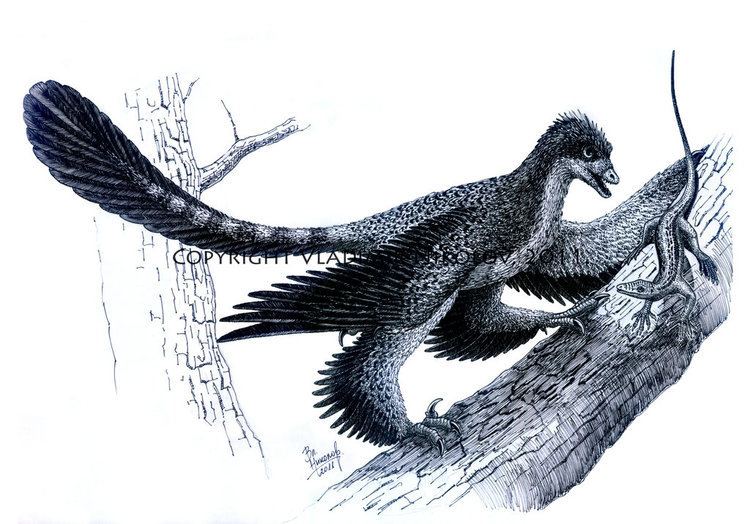
Xiaotingia is known from the holotype STM 27-2, an articulated and almost complete skeleton including the skull. It was probably collected in the Linglongta area, Jianchang, from the Tiaojishan Formation.
Etymology
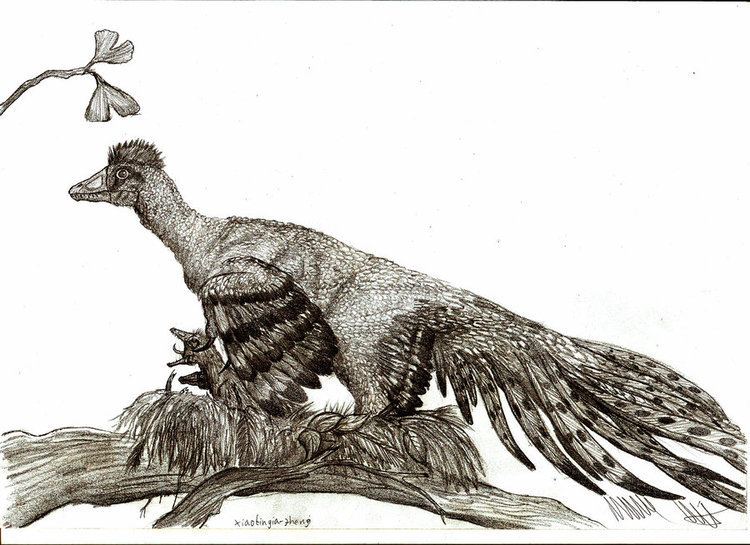
Xiaotingia was first named by Xu Xing, You Hailu, Du Kai and Han Fenglu in 2011 and the type species is Xiaotingia zhengi. The generic name and specific name together honour Zheng Xiaoting.
Classification
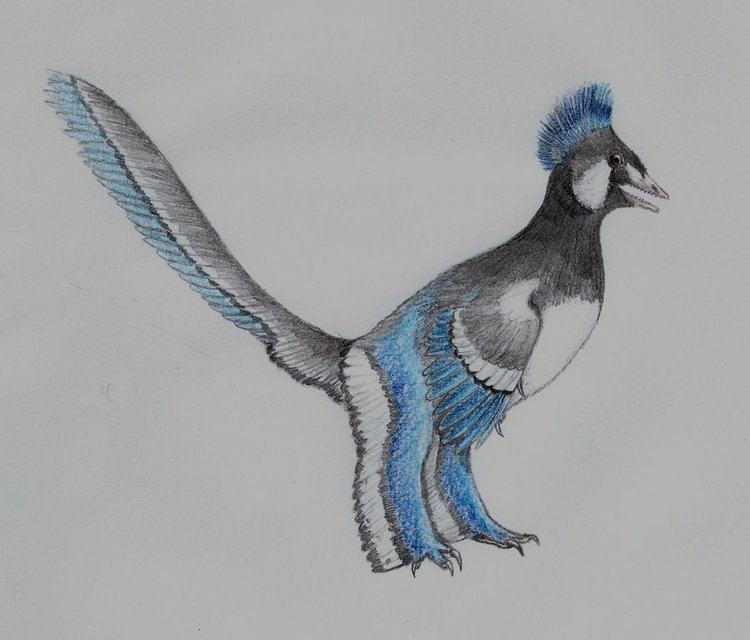
The initial analysis by Xu et al. showed that Xiaotingia formed a clade with Archaeopteryx, Dromaeosauridae and Troodontidae to the exclusion of other groups traditionally seen as birds. Xu et al therefore (re)defined the concepts of Deinonychosauria and Avialae to the extent that Archaeopteryx and Xiaotingia belonged to the Deinonychosauria in the clade Archaeopterygidae. This led to popular reports that "Archaeopteryx is no longer a bird", although Xu et al noted that there are several competing definitions of the clade Aves currently in use, pointing out that their definitions are compatible with a traditional Aves with Archaeopteryx as a specifier. This was challenged by an analysis using different methods published several months later however, in which Archaeopteryx was again recovered as an avialan, while Xiaotingia remained closely allied to Anchiornis within the Troodontidae. In 2012, an expanded and revised version of the initial analysis also found Archaeopteryx to be avialan and Anchiornis to be troodontid, but recovered Xiaotingia as the most primitive member of the clade Dromaeosauridae rather than a close relative of Anchiornis within Troodontidae.
Relationships found by the revised analysis of Senter et al., 2012:
Below is a cladogram published in 2013 by Godefroit et al.
